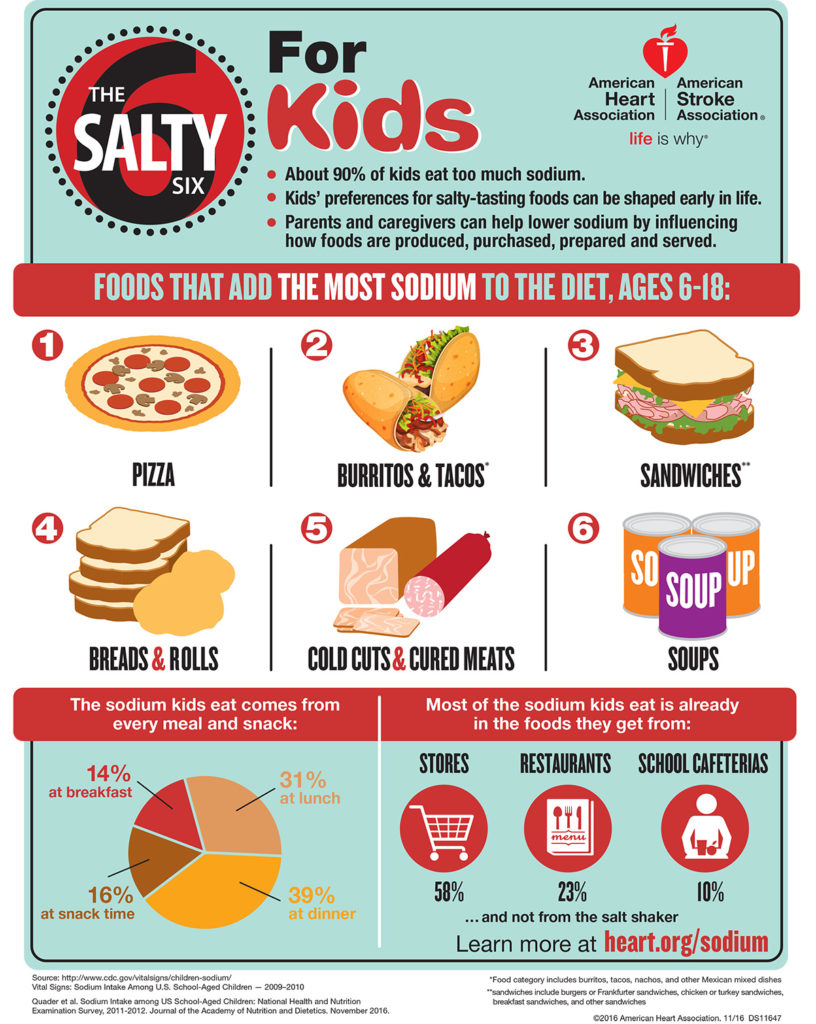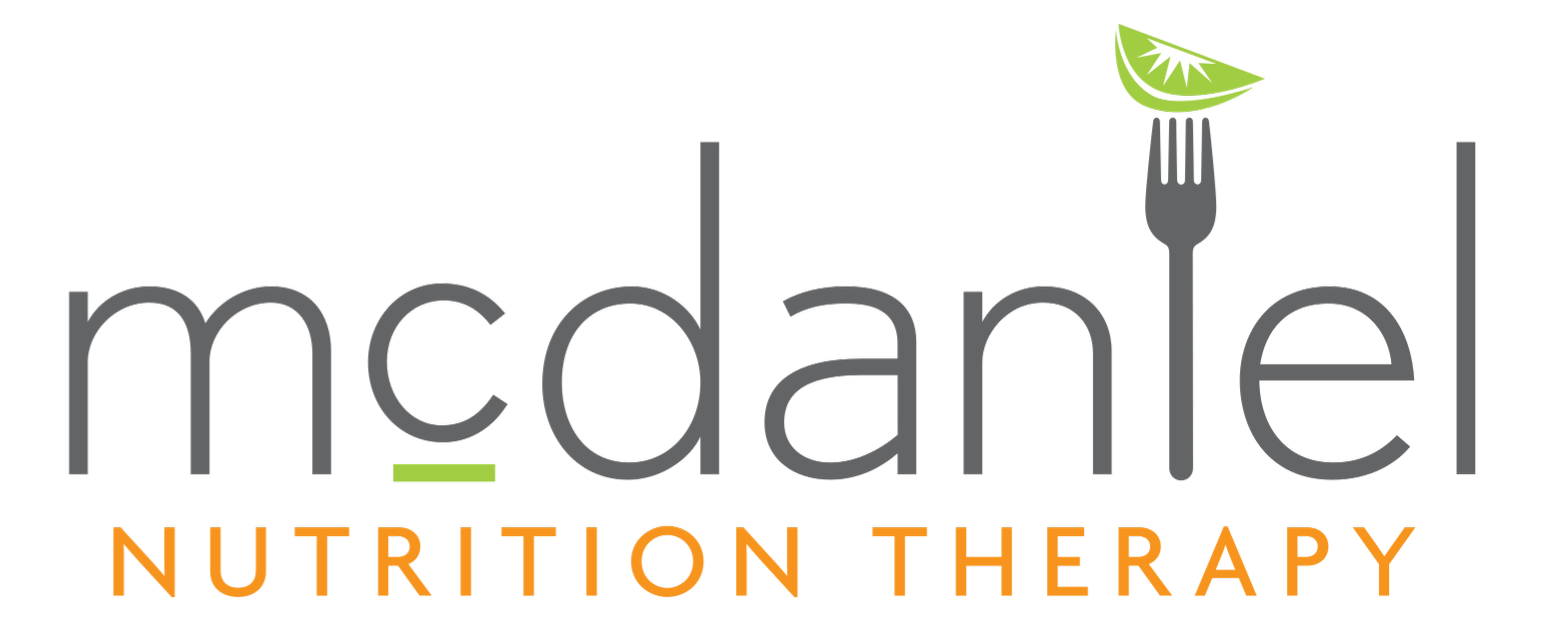As parents, we are bombarded with messages about kids and sugar, but have you heard about the salty six? We can easily recite the effects of too much – cavities, weight gain, etc. And while it is import to be mindful of our kids’ sugar intake, there’s another food additive that is often forgotten, yet the consequences of overindulgence are just as concerning.
Let’s talk about sodium and the salty six.
Most people equate too much sodium with adult problems. Too much sodium can lead to high blood pressure and heart disease in adults, but it’s important to note that children are not immune. Kids who eat high sodium diets are 35% more likely to have elevated blood pressure than kids who eat lower sodium diets.1 Beyond heart health, excess sodium can negatively impact bone, brain, stomach, and kidney health.
Where does all this sodium come from? Mostly processed foods, ie: the salty six. The infographic above shows the top 6 offenders. These salt six food items can be big contributors to your daily sodium intake. 77% of the sodium kids eat comes from these 6 foods.

But fear not! Switching to a lower sodium diet can often be achieved by some simple switches. It will not only benefit your kids’ health, but it will improve the health of your whole family. And it’s easier to do better when you know better:
STEP 1:
Look in your pantry, fridge, and freezer. Pull out the items that you eat on a daily basis (or most days of the week).
STEP 2:
What is the %DV of sodium on the food label? If it’s 20% or more, then that’s a high source of sodium in your family’s diet. If it’s 5% or lower, then that’s a low source of sodium in your family’s diet.
STEP 3:
Update your grocery list. Take those salty six food items that are high sources of sodium and add them to your grocery list for this week. At the store, look for lower sodium options, ideally with a %DV at 5% or lower.
But what if my kids’ won’t eat any of these new foods? It’s a common concern that kids won’t like the taste of low sodium food, but gradually lowering sodium content in foods will decrease kids’ (and adults too!) taste for salty food over time. Furthermore, over 99% of schools are serving school meals that meet the updated sodium standards, so if your kids are eating lunch at school, they are already eating low sodium options.
References:

